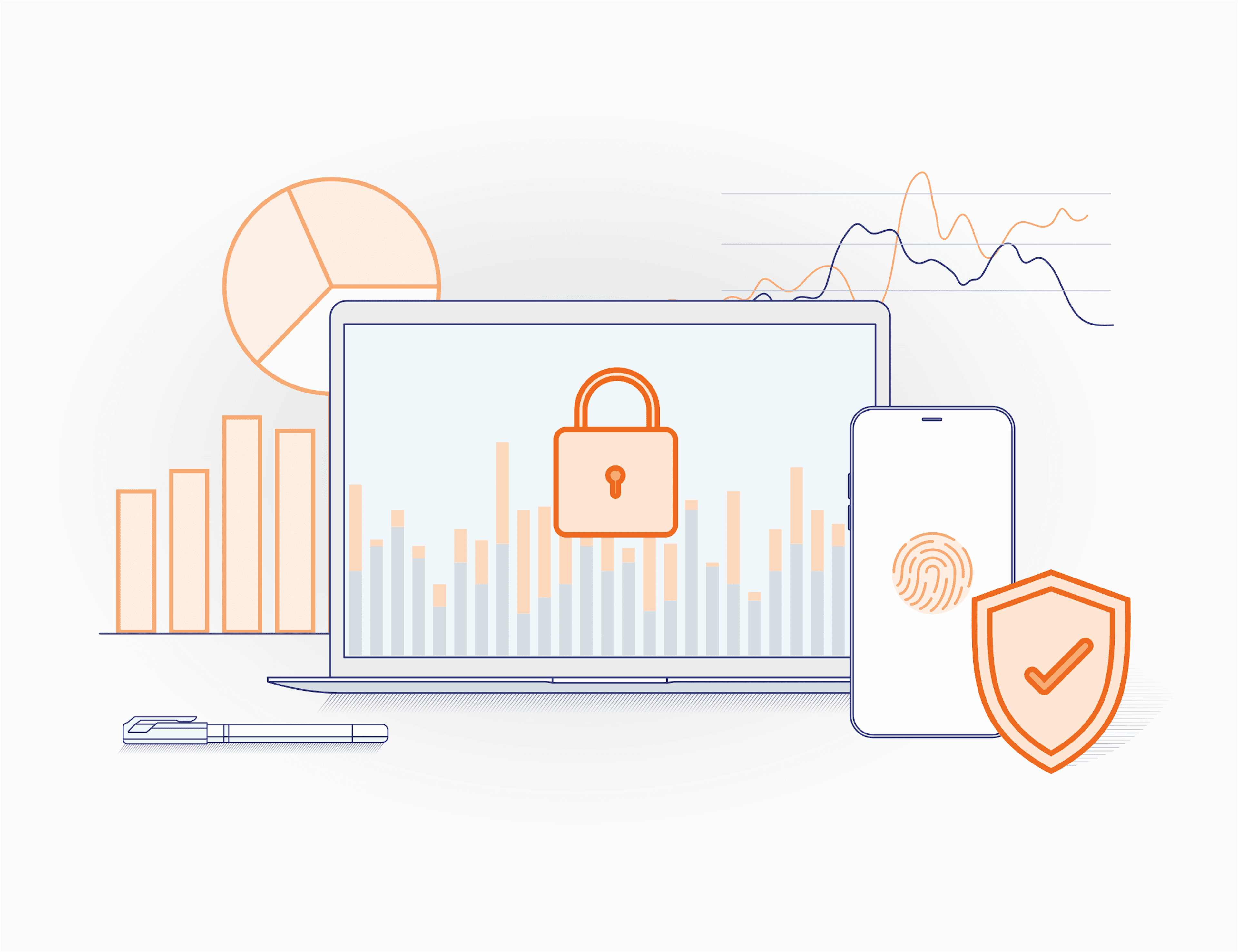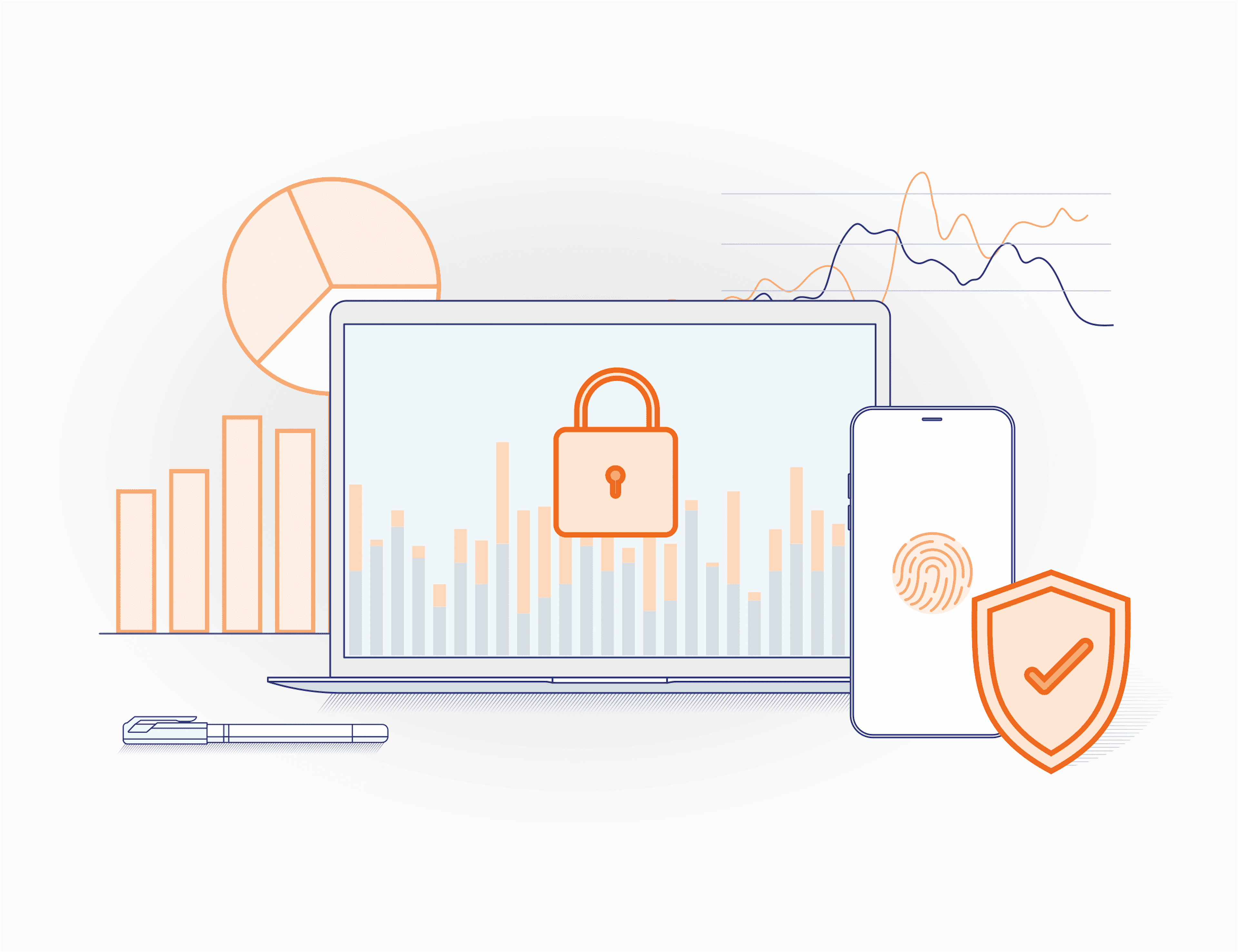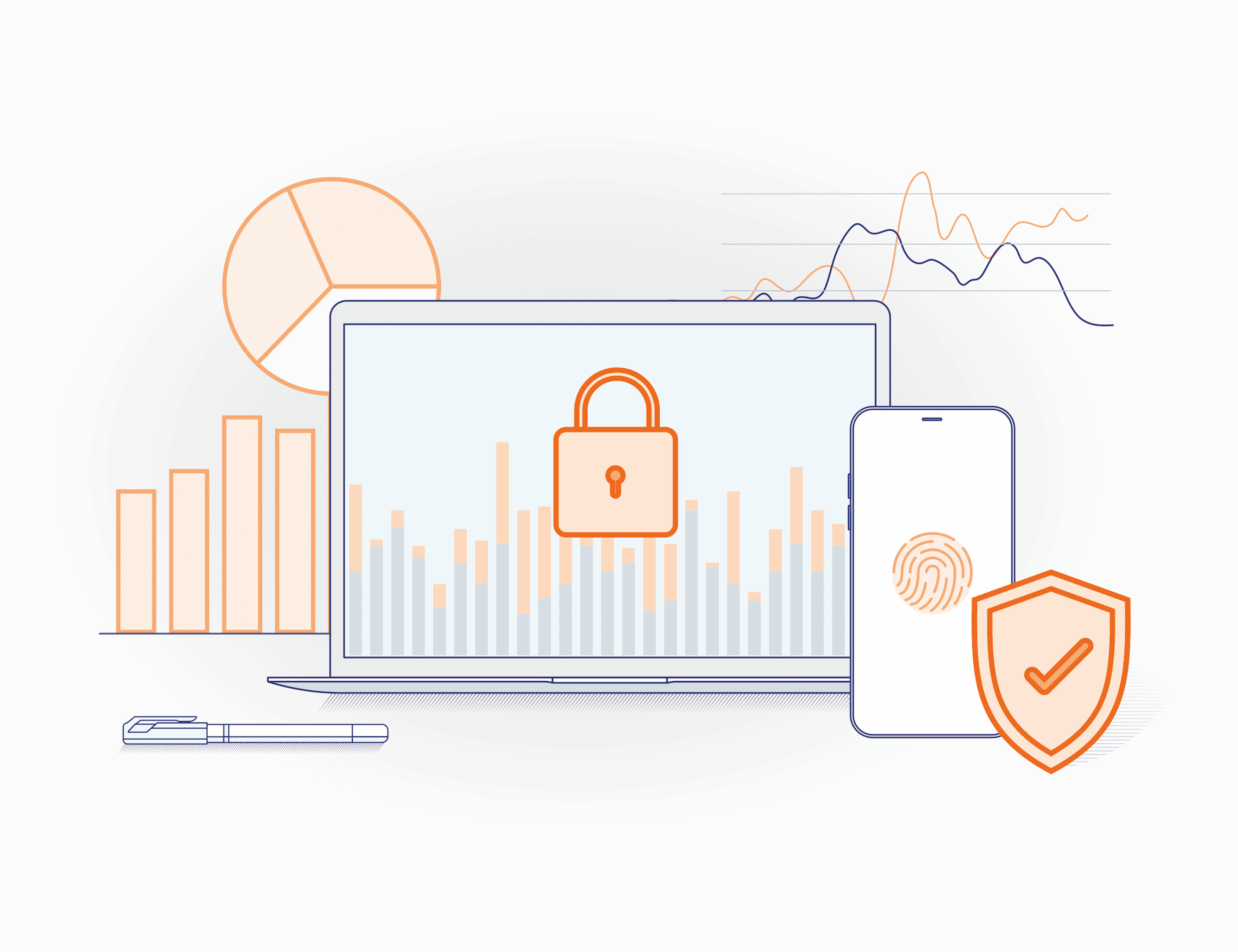What Is Synthetic Identity Fraud and Why It’s Growing


Synthetic identity fraud is no longer a fringe threat — it's now one of the fastest-growing risks facing digital lenders, neobanks, and financial platforms around the world. Unlike traditional identity theft, synthetic identity fraud doesn't steal an existing person's profile. Instead, fraudsters create entirely new identities by combining real and fabricated information.
This subtle but dangerous form of fraud allows attackers to bypass traditional verification systems, access financial products, and cause long-term losses that often go undetected until it's too late. As digital onboarding grows, so does the challenge of synthetic ID fraud.
JuicyScore is uniquely positioned to talk about synthetic identity fraud because we work with financial institutions around the world to detect hard-to-spot risks that often bypass traditional verification systems. Our technology focuses on non-personal, behavioral, and device-based signals – giving us deep insight into how synthetic identities behave in real-world lending environments.
In this article, we'll explain what synthetic identity fraud is, how it works, why it's increasing, and – most importantly – how smarter synthetic identity fraud detection tools can help protect your business without sacrificing user experience.
Synthetic identity fraud, which is sometimes referred to as “Frankenstein ID”, occurs when fraudsters piece together real data (like a valid phone number or national ID number) with fictitious information (such as a made-up name or fake address) to build a "new" identity.
These synthetic profiles are often nurtured over months or even years. Fraudsters might open small accounts, behave like legitimate users, and gradually build a positive credit history – which becomes their main asset for slipping through credit decision filters. It’s not just that they pay bills on time; they strategically create a credible track record that appears low-risk to traditional scoring systems. After fraudsters have established credibility, they eventually "bust out" and take loans or credit they have no intention of repaying.
Synthetic IDs don't perfectly match any one real individual. So they often slip through traditional fraud detection systems that are built around matching known identity patterns.
Synthetic identity fraud is on the rise globally. It’s the fastest-growing type of financial crime in the U.S., costing banks an estimated $6 billion annually (Synthetic Identity Fraud in the U.S. Payment System, The Federal Reserve, 2019).
Several factors are driving the surge in synthetic identity theft:
Financial institutions often can't easily distinguish a "thin file" legitimate borrower from a synthetic fraudster – until the losses occur.
A typical synthetic identity might start with a stolen national ID number or other legitimate data point – paired with fabricated personal details. The fraudster gradually builds a history:
Once enough trust is built, the synthetic identity may apply for larger loans or lines of credit – and eventually disappear without repaying.
The losses from synthetic fraud are especially damaging because they are often written off as "credit risk" rather than flagged as fraud, distorting risk models further.
Most traditional fraud prevention tools are designed to catch anomalies based on personal data patterns or known blacklists. Synthetic IDs often behave "normally" during the early stages, making them almost invisible.
Typical weaknesses include:
This is where more advanced synthetic identity fraud detection tools – based on device intelligence, behavioral signals, and dynamic risk scoring – become essential.
The most effective way to fight synthetic identity fraud is to catch it before it enters your credit system. Once a synthetic identity establishes a positive credit history, it becomes harder to distinguish from a legitimate customer – and the financial losses from a successful “bust-out” can be significant.
At JuicyScore, we take a prevention-first approach. Instead of relying on personal data or credit history, our technology focuses on device and behavioral intelligence – the subtle, hard-to-fake signals that synthetic identities can’t replicate.
We analyze over 220 anonymized parameters, including:
These signals help our clients identify high-risk applications and detect potential synthetic identities even in early stages – before the damage is done.
What makes our solution different is its privacy-first architecture: we don’t use or store any personal data. That means financial institutions can strengthen fraud defenses while staying fully compliant with global privacy regulations like GDPR, LGPD, and others.
Whether you're managing risk in consumer lending, BNPL, or microfinance, JuicyScore helps you spot synthetic fraud before it impacts your bottom line.
Curious how JuicyScore can help detect synthetic fraud early? Schedule a personalized demo or free consultation with our team.
- Synthetic identity fraud is one of the fastest-growing threats in digital finance.
- Traditional PII-based systems are often blind to synthetic ID activity.
- Behavioral and device intelligence are critical for modern synthetic fraud detection.
- A privacy-first approach can improve fraud defenses while maintaining compliance and user trust.
- Advanced synthetic identity fraud detection tools help spot fraud before it causes damage.
Synthetic identity fraud involves creating a new, fictitious identity by combining real and fake information, making it harder to detect than traditional identity theft.
Traditional identity theft steals an existing person's information. Synthetic fraud creates an entirely new identity that does not belong to any one real individual.
Thin credit files, inconsistencies between device behavior and declared information, and sudden changes in user activity can all signal synthetic fraud risk.
JuicyScore uses device and behavioral data (not personal identifiers) to detect anomalies and hidden risk patterns associated with synthetic identities – without compromising privacy.

What is application fraud, how does it work, and how to prevent it?

How first-party fraud affects Fintech business and how to prevent it?

Risk monitoring represents a set of techniques as a part of businesses’ risk-assessment.
Get a live session with our specialist who will show how your business can detect fraud attempts in real time.
Learn how unique device fingerprints help you link returning users and separate real customers from fraudsters.
Get insights into the main fraud tactics targeting your market — and see how to block them.
Phone:+971 50 371 9151
Email:sales@juicyscore.ai
Our dedicated experts will reach out to you promptly